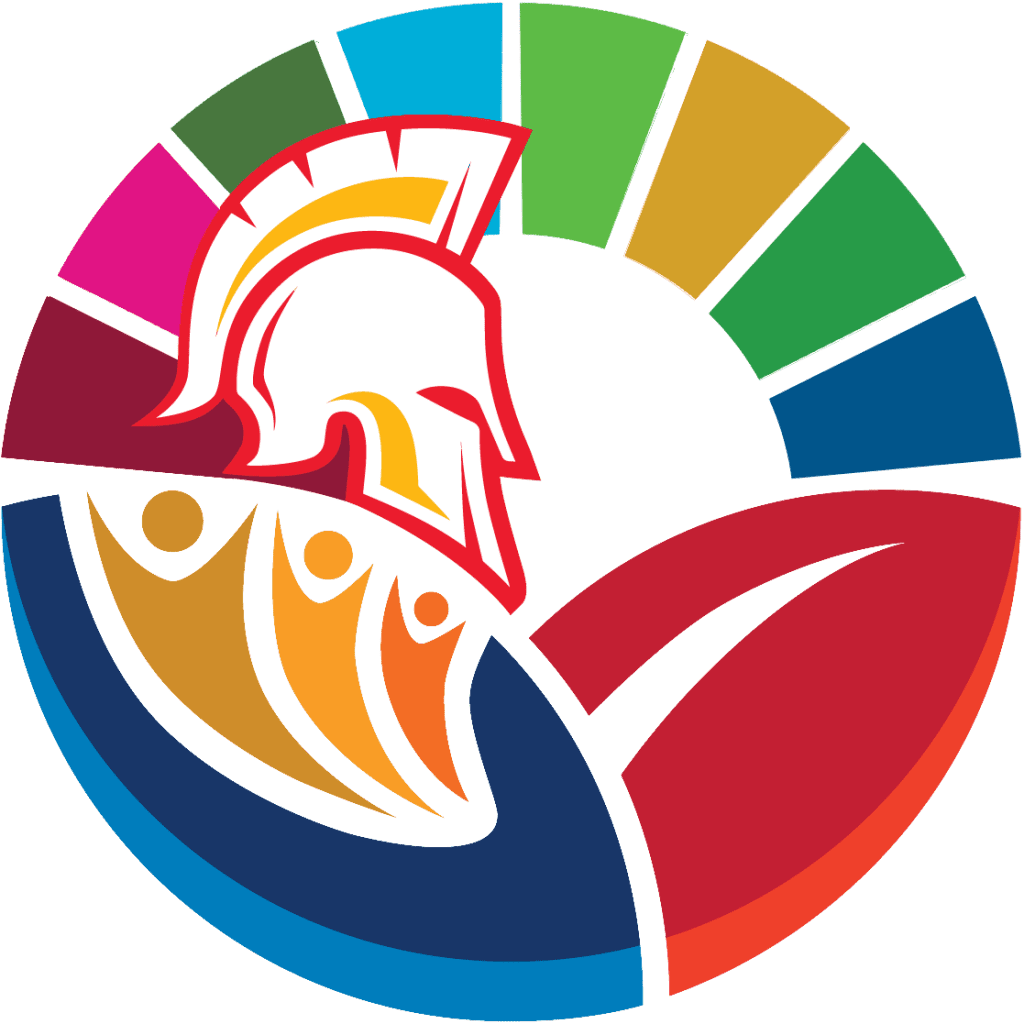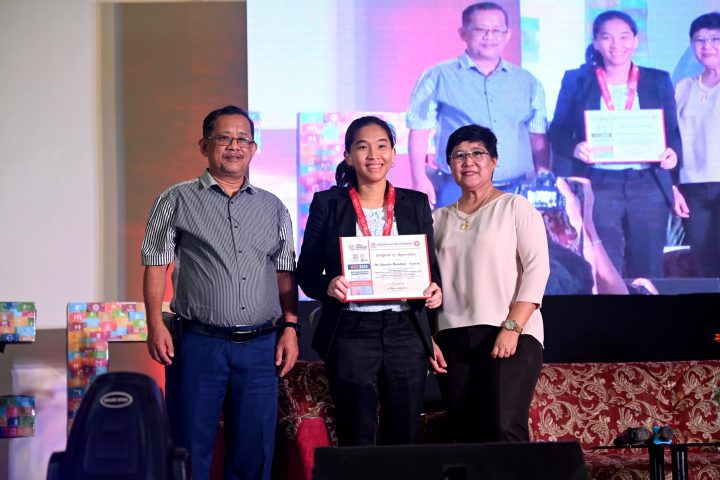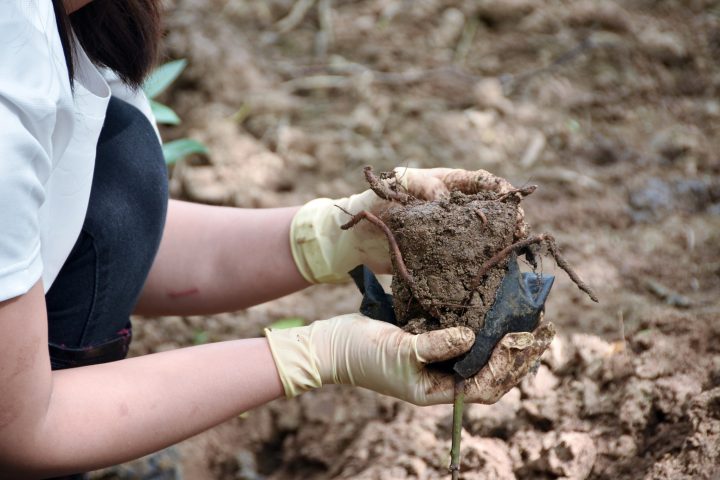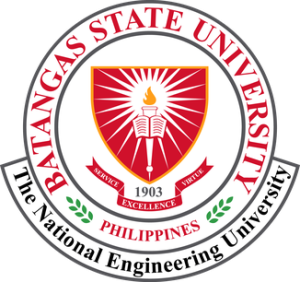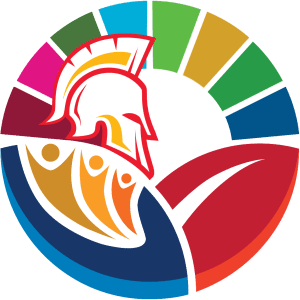Invasive alien plant species (IAPS) pose one of the most significant threats to native biodiversity. Swietenia macrophylla, or big leaf mahogany, is among the most threatening invasive plants in the Philippines. This article aimed to formally document the presence of S. macrophylla along the edges of Mt. Banahaw de Nagcarlan, a protected area on Luzon Island, Philippines. The...
Tag: 15
A 2xVDD digital output buffer with gate driving stability andnon-overlapping signaling control for slew-rate auto-adjustment using16-nm FinFET CMOS process
This paper presents a 2 × VDD mixed-voltage digital output buffer where its slew rate (SR) is automatically adjusted based on PVT (process, voltage, and temperature) detection. The developed buffer is the first to be fabricated using TSMC 16-nm CMOS Logic FinFET Compact (Shrink) LL ELK Cu 1P13 M process. Since slew rate is one...
Survival Amidst COVID-19 Pandemic: Contributions of the Forest to the Lives of the Filipinos
COVID 19 has brought significant damages to the lives of the people due to extremely long lockdowns and unemployment. Thus, leaving no choice to the residents but to depend their survival on what is available in the environment. This study was conducted to assess the contribution of the forests to the lives of the locals...
SDG forum and exhibit on WED 2023
Centered on the theme “Leadership in Collaborative Innovations for a Stronger Nation” Supreme Student Council (SSC) Alangilan, the Office of Student Organizations, the Center for Innovations in Engineering Education (CIEE), and the College of Engineering organized the Sustainable Development Forum on the second day of celebrating the World Engineering Day 2023. The forum shed light...
BatStateU joins in planting 5000 mangrove saplings
Over 5,000 mangrove saplings were added to the Lagadlarin Mangrove Forest at Lobo, Batangas. Being a calamity-prone country, mangrove forests can act as a powerful natural defense in our coastal area. It decreases the risk of flooding and erosion and most importantly, absorbs the storm surge impacts during extreme weather events such as typhoons. The...
DevCom, CSD collab for SDG exhibit
BS Development Communication students in collaboration with the Center for Sustainable Development staged a one-day exhibit that highlighted the University’s sustainable initiatives in the achievement of the 17 UN SDGs. DevCom students featured various sustainability efforts through a wide array of IEC materials such as pamphlets, brochures, dioramas, charts, and diagrams as well as videos...
Vertebrate faunal diversity in Mt. Calavite Wildlife Sanctuary, Occidental Mindoro, Philippines: An assessment using the Biodiversity Assessment and Monitoring System (BAMS)
Rich biodiversity is one of the Philippines’ greatest assets of which populations of flora and fauna continuously face massive threats due to anthropogenic interventions. This study in Mt. Calavite Wildlife Sanctuary (MCWS) is one of the pioneering research projects on vertebrate fauna in a permanent biodiversity monitoring plot that followed a nationally accepted system of...
Automated diagnosis of diverse coffee leaf images through a stage-wise aggregated triple deep convolutional neural network
Due to the struggles of developing countries in coping with widespread coffee leaf diseases and infestations, the quality and quantity of coffee-based commodities have reduced significantly. This paper proposes a solution to this problem using Deep Convolutional Neural Networks (DCNN) that classifies seven coffee leaf conditions. Unlike other studies, this work proposed a novel Triple-DCNN...
Nanotechnology for Clean and Safe Water: A Review
The demand for clean and safe water together with increasingly strict environmental regulations in both developed and developing countries has necessitated the need for a highly efficient yet low-cost water treatment technology to prevent the negative effects of pollutants on the human health and the environment. Nanotechnology holds great potential as a novel and promising...
An overview of remote monitoring methods in biodiversity conservation
Conservation of biodiversity is critical for the coexistence of humans and the sustenance of other living organisms within the ecosystem. Identification and prioritization of specific regions to be conserved are impossible without proper information about the sites. Advanced monitoring agencies like the Intergovernmental Science-Policy Platform on Biodiversity and Ecosystem Services (IPBES) had accredited that the...


